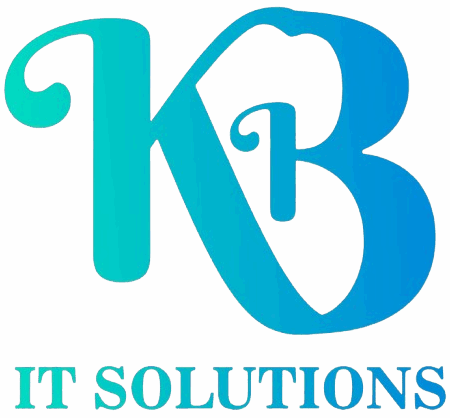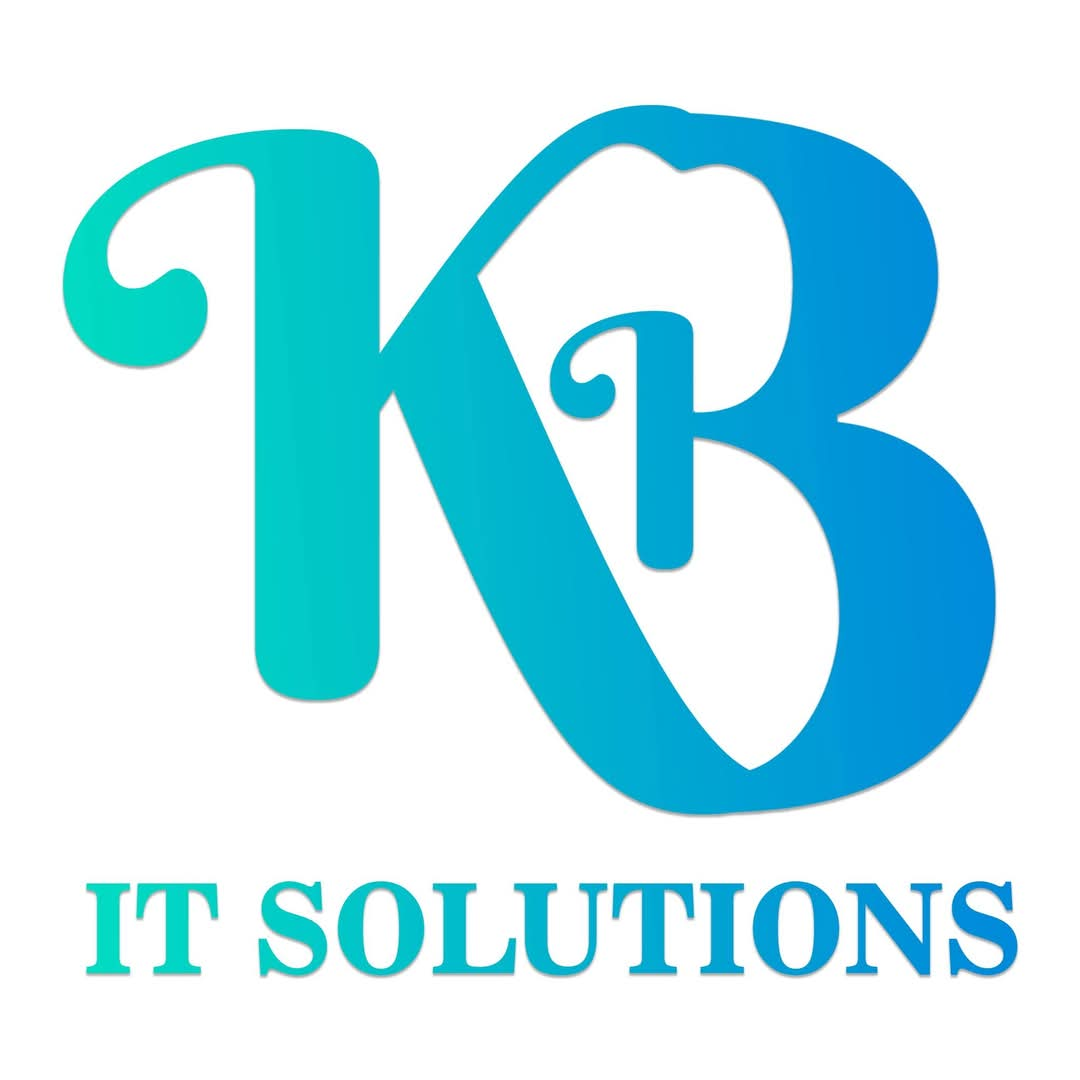Introduction to SEO
What is SEO?
- Definition of Search Engine Optimization
- Importance of SEO for online visibility and organic traffic
- How search engines work: Crawling, indexing, and ranking
- Difference between SEO and Paid Search (PPC)
Why is SEO Important?
- Cost-effectiveness compared to paid advertising
- Long-term benefits of SEO in increasing organic traffic
- Building trust and credibility through organic search
- Improving user experience (UX) and accessibility
SEO vs. SEM
- Understanding the difference between SEO (organic results) and SEM (Search Engine Marketing – paid ads)
- Benefits of combining both SEO and SEM strategies
SEO Basics and Key Concepts
Understanding Keywords and Search Intent
- Types of keywords: Short-tail vs. long-tail keywords
- Keyword intent: Navigational, informational, transactional
- Keyword research: Identifying what your audience is searching for
SEO Terminology
- SERP (Search Engine Results Page)
- Organic Results vs. Paid Results
- Meta Tags: Title tags, Meta descriptions
- Backlinks, Anchor Text, Internal Linking
How Search Engines Rank Websites
- Google’s ranking factors: Relevance, quality, and authority
- The role of content, backlinks, and technical SEO in rankings
- Understanding Google’s algorithms (e.g., Panda, Penguin, Hummingbird, RankBrain)
Keyword Research and Analysis
Importance of Keyword Research
- Why keyword research is the foundation of SEO
- Identifying high-volume and low-competition keywords
- Tools for keyword research: Google Keyword Planner, Ahrefs, SEMrush, Ubersuggest
Types of Keywords
- Short-tail keywords (1-2 words): High competition, broad intent
- Long-tail keywords (3+ words): Lower competition, more specific intent
- Local keywords: Targeting local search traffic
Conducting Keyword Research
- Using Google Autocomplete and related searches for ideas
- Analyzing competitors’ keywords and gaps
- Understanding search volume, competition, and keyword difficulty
Keyword Mapping and Strategy
- How to map keywords to specific pages
- On-page vs. off-page keyword targeting
- Creating a keyword strategy based on business goals
On-Page SEO
What is On-Page SEO?
- Optimizing individual web pages to rank higher in search engines
- Importance of content relevance, keyword optimization, and user experience
Optimizing Title Tags and Meta Descriptions
- Writing SEO-friendly title tags: Including primary keywords
- Crafting compelling meta descriptions to increase CTR (Click-through Rate)
- Best practices for length, structure, and keyword placement
Content Optimization
- Creating high-quality, keyword-optimized content
- The role of keyword density and natural keyword placement
- Adding relevant images, videos, and multimedia to enhance content
Header Tags and Structured Content
- Using header tags (H1, H2, H3, etc.) for better readability and SEO
- Structuring content to make it scannable (short paragraphs, bullet points, etc.)
URL Structure and Internal Linking
- Optimizing URLs with keywords and a clean structure
- Best practices for internal linking to boost site navigation and SEO
Image Optimization
- Adding descriptive alt text and filenames to images
- Compressing images for faster loading times
Technical SEO
What is Technical SEO?
- Optimizing the technical aspects of a website to improve search engine visibility
- How technical SEO impacts rankings and user experience
Website Speed and Performance
- Importance of website loading speed for SEO and user experience
- Tools for testing website speed: Google PageSpeed Insights, GTmetrix
- Tips for improving site speed: Image compression, minification, caching
Mobile Optimization
- Mobile-first indexing and the importance of mobile optimization
- Responsive design vs. mobile-specific design
- Google’s mobile-friendly test
XML Sitemap and Robots.txt
- The role of XML sitemaps in helping search engines crawl and index pages
- Configuring robots.txt to guide search engine bots
Site Architecture and Crawlability
- Ensuring search engine bots can crawl your site effectively
- Organizing content in a clear hierarchy with easy-to-follow navigation
- Fixing broken links and redirect chains
SSL and HTTPS
- The importance of website security (SSL/HTTPS) for SEO
- How Google uses HTTPS as a ranking signal
Off-Page SEO
What is Off-Page SEO?
- Building website authority through external factors (backlinks, social signals, etc.)
Backlink Building
- The importance of backlinks for SEO: How they impact rankings
- Types of backlinks: Natural, manual, and self-created
- Earning high-quality backlinks through guest blogging, outreach, and content marketing
Link Building Strategies
- Building relationships with influencers and industry leaders for backlinks
- Writing valuable content that naturally attracts backlinks
- Avoiding black-hat link-building techniques (buying links, link farms)
Social Media and SEO
- The relationship between social media and SEO
- Promoting content on social media to drive traffic and build brand presence
- How social shares can indirectly impact search rankings
Brand Mentions and Online Reputation
- The importance of brand mentions (even without links) for SEO
- Managing online reputation and reviews (Google My Business, Yelp, TrustPilot)
Local SEO
What is Local SEO?
- Optimizing a website for local searches to drive traffic from specific geographic locations
Google My Business (GMB) Optimization
- Setting up and optimizing a Google My Business profile
- How to make your business appear in local search results and Google Maps
- Gathering and responding to customer reviews
Local Citations and Directories
- What are local citations and why they matter for local SEO?
- Submitting your business to local directories and review sites (Yellow Pages, Yelp, etc.)
- Ensuring NAP consistency (Name, Address, Phone number) across all platforms
Localized Content and Keywords
- Creating localized content and targeting geo-specific keywords
- Using city names and local landmarks to improve local search relevance
SEO Analytics and Reporting
Tracking SEO Performance
- Tools for tracking SEO performance: Google Analytics, Google Search Console, SEMrush, Ahrefs
- Key metrics to track: Organic traffic, bounce rate, conversion rate, keyword rankings
Interpreting Data and Adjusting SEO Strategy
- Analyzing traffic trends, keyword rankings, and user behavior
- Identifying opportunities for further optimization based on data
Creating SEO Reports
- Building SEO reports for clients or internal teams
- Key data points to include: Keyword performance, traffic sources, top-performing pages
- Communicating SEO success and areas for improvement
Advanced SEO Techniques
Voice Search Optimization
- Understanding the rise of voice search and its impact on SEO
- Optimizing content for voice search: Conversational keywords, structured data, and featured snippets
SEO for Video
- YouTube SEO: Optimizing video titles, descriptions, tags, and thumbnails
- Adding closed captions and transcripts to improve video visibility
- Using video schema markup for better ranking
Featured Snippets and Rich Snippets
- What are featured snippets and how to optimize for them
- Using structured data (Schema.org) to improve visibility in rich snippets
SEO for E-commerce
- Optimizing product pages for SEO: Titles, descriptions, and reviews
- Improving conversion rates with structured data and user-friendly UX
- Using product schema for better visibility in search results
SEO Trends and Future
Current SEO Trends
- The rise of AI and machine learning in search algorithms
- Mobile-first indexing and the importance of mobile optimization
- The increasing role of user experience (UX) in rankings
The Future of SEO
- Predicting changes in search algorithms and SEO strategies
- How search engines are evolving to prioritize user satisfaction
- The importance of staying up-to-date with SEO updates and trends


